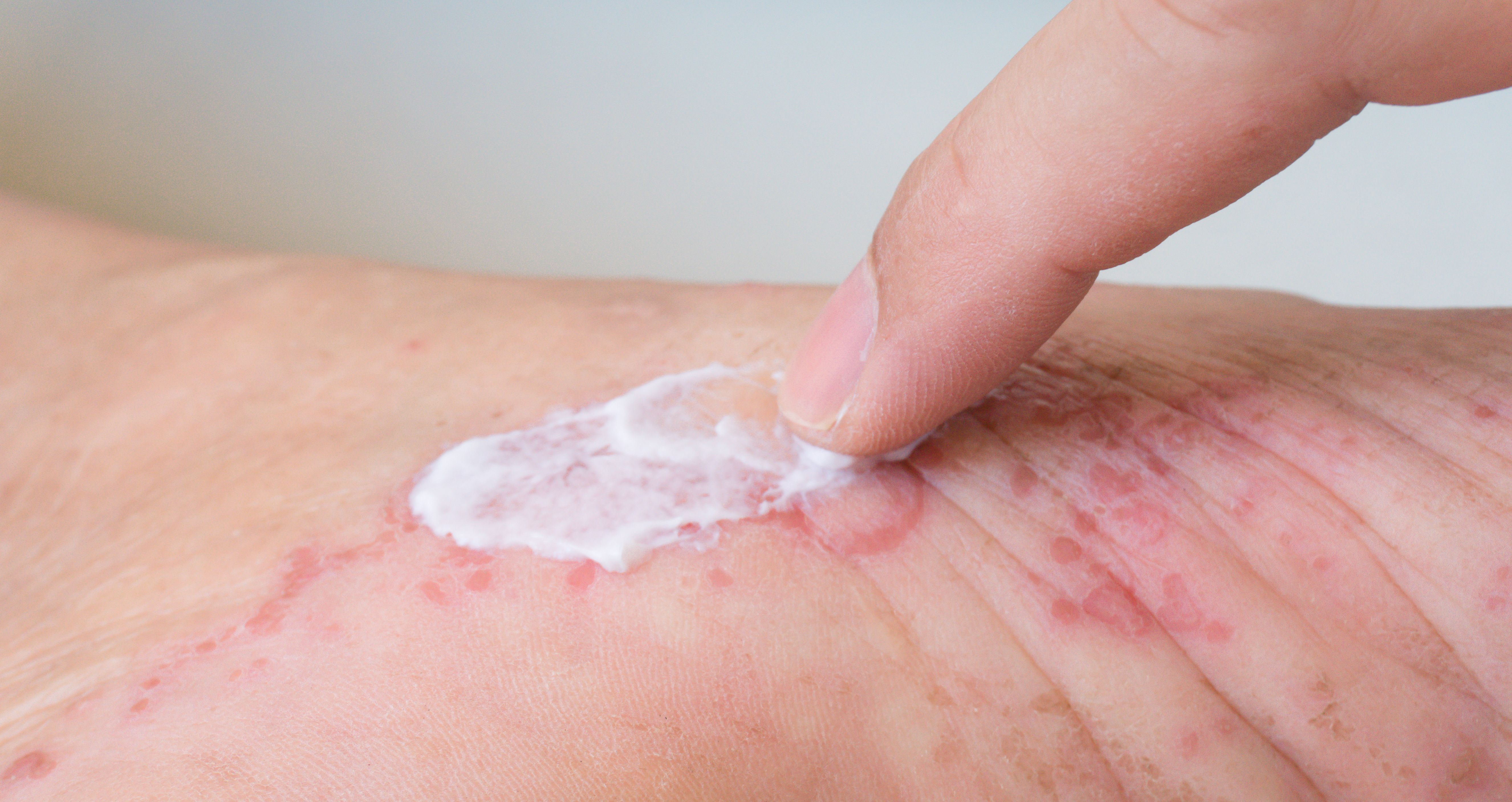Article
HDAC Inhibitors May Have Potential to Treat Psoriasis
Author(s):
Agents fight cancer by temporarily loosening DNA, increasing the expression of tumor suppressors, and making the tumor more vulnerable.
A cancer drug that targets HDAC3 showed promise treating psoriasis during a recent study.
In a study published in the Journal of Investigative Dermatology, investigators found that HDAC3 inhibitors increased Aquaporin-3 (AQP3) expression, a channel that transports glycerin.
“We’ve found that HDAC3 normally inhibits expression of AQP3 and we think we can use this knowledge to treat patients with psoriasis,” said investigator Dr Vivek Choundhary.
The presence of AQP3 helps skin cells proliferate, differentiate into the right cells, and reach the correct location in the body. Furthermore, the protein helps aid hydration, wound recovery, and elasticity of the skin; however, patients with psoriasis have AQP3 levels that are lower than levels in healthy skin.
Current treatments aim to suppress the immune response because the immune system is thought to play a key role in the development of psoriasis. In the future, the authors hope to directly enhance the presence of AQP3 or its key cargo glycerin instead.
For the study, the investigators sought to examine the effect of HDAC inhibitors on psoriasis. They introduced a broad-acting HDAC inhibitor to keratinocytes in both mouse models and humans.
They result of the study showed that the expression of AQP3 increased within 24 hours, marking the first time a relationship has been established. The absence of AQP3 meant that there was no equal increase in glycerin, according to the authors.
Using AQP3 knockout mice, the investigators could further demonstrate the role of AQP3 in skin hydration, elasticity, and wound healing. Additionally, glycerin is key in these healthy functions rather than water.
The investigators also found that tumor suppressor p53 helps HDAC inhibitors increase AQP3 and, as a result, more glycerin; however, the overexpression of p53 alone does not increase functional levels of AQP3.
The original HDAC inhibitor used in the study was suberoylanilide hydroxamic acid (SAHA). The drug was approved more than a decade ago to treat cutaneous T cell lymphoma, which can include symptoms of dry and itchy skin.
Senior author Dr Wendy B. Bollag commented on their findings and the use of SAHA, saying “we think this is one of the ways it works.”
Several other HDAC3 inhibitors were used in the experiments, and the investigators found that the most effective inhibitors also increased AQP3.
In a 2003 study, Dr Bollag found that glycerin helps skin cells mature correctly. Phospholipase D and AQP3 interact within the skin cells, resulting in AQP3 passing off the glycerin. In turn, it produces phosphatidlyglycerol and ultimately aids skin cell differentiation.
“We think phosphatidlyglycerol is the key,” Dr Bollag said. “If you don’t have enough, you may have psoriasis.”
Additionally, the investigators found that AQP3 appears immature and out of place in individuals with psoriasis, and is largely found inside the cell cytoplasm rather than on the outer cell membrane. This difference in location hinders its normal mature function of transporting glycerin through the membrane.
“If you use antibodies to visualize where AQP3 is in the keratinocytes, you will see it nicely outlining the cells because it’s right there on the plasma membrane,” Dr Bollag said. “So clearly it’s normally expressed in keratinocytes but the fact that we can upregulate it even more with an HDAC3 inhibitor suggests that normally HDAC3 keeps it in check.”
Dr Bollag noted that Shape Pharmaceuticals Inc has a topical version of an HDAC inhibitor currently undergoing clinical trials for cutaneous T cell lymphoma. The use of HDAC inhibitors in low doses or topical creams would likely help avoid individuals with psoriasis avoid adverse events, including nausea.
“Our study supports the regulation of AQP3 expression by HDAC3 and p53,” the authors concluded. “Since SAHA is already approved to treat cutaneous T-cell lymphoma, it could potentially be used as a novel therapy for skin diseases like psoriasis, where AQP3 is abnormally expressed.”






